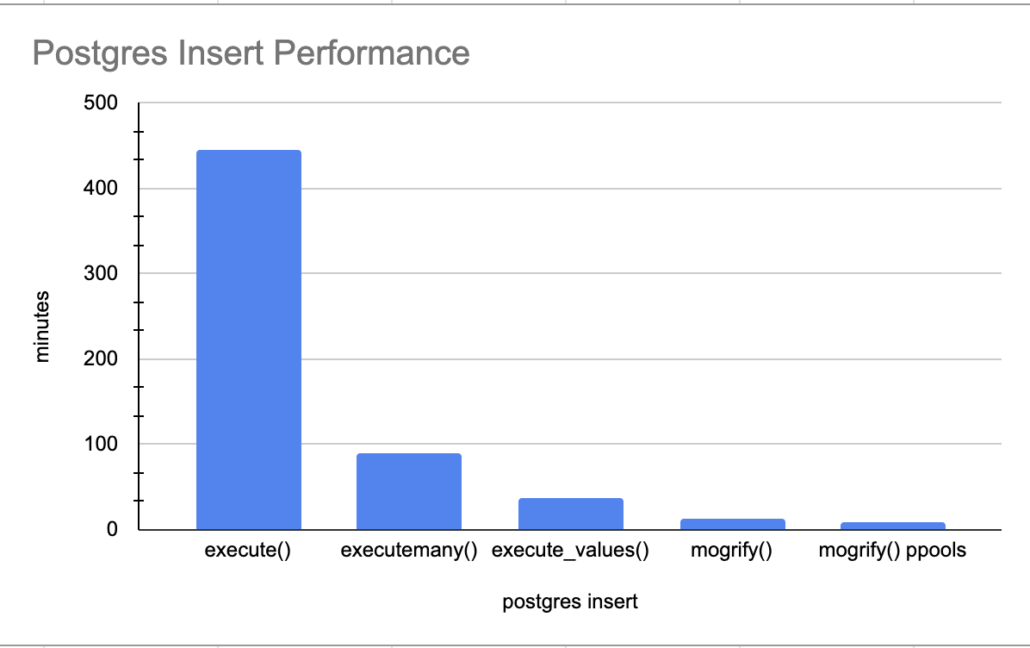
Photo by Liz Sanchez-Vegas on Unsplash
I was wondering the other day … since Polars now has a SQL context and is getting more popular by the day, do I need DuckDB anymore? These two tools are hot. Very hot. I haven’t seen this since Databricks and Snowflake first came out and started throwing mud at each other.
You might think it doesn’t matter. Two of one, half-dozen of another, whatever. But I think about these things. Simplicity is underrated these days. If you have two tools but could do it with one, should you use two? Probably depends on the Engineering culture you’re working in.
I mean just because you can doesn’t mean you should. Some data engineering repo with 50 different Python pip packages installed, constantly breaking and upgrading for no reason. CI/CD build failing, conflicts. Frustration. Why? Just because someone wants to do this one thing and decided they needed yet another package to do it.









